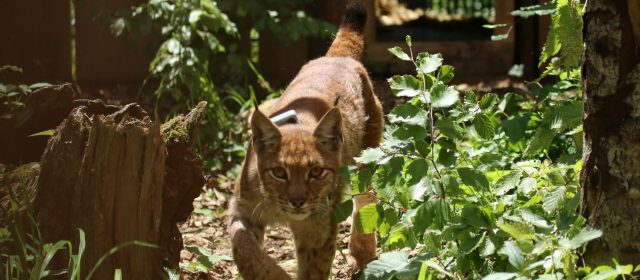Assessment and Selection of Sites and Lynx for Live-capture from the Carpathian Source Population in Slovakia
The population of Eurasian lynx (Lynx lynx) in the Carpathian Mountains is considered to be one of the best preserved and largest in Europe. It was the source of lynx for several reintroduction projects between the 1960s and 1990s. Although some of the re-established populations initially prospered, most of them have since stagnated or even declined and suffer from inbreeding. Reinforcement is therefore needed as a genetic remedy to assure their long-term viability.
Many of the translocated individuals came from Slovakia, which encompasses c. 17% of the Carpathians and is considered to be a source for reinforcements and further reintroductions. The removal of individuals, even for conservation purposes, requires adequate surveying of the source population. The goal of this action is to identify the most suitable areas and micro-locations for live-capture of animals in Slovakia to reinforce the Dinaric – SE Alpine lynx population. Results achieved in this action will help determine how many lynx can be removed from each area without compromising the population.
The overall lynx population in Slovakia is stable and is considered robust enough to support the removal of individuals for the reinforcement effort. However, lynx capturing is not an easy task because of their ecology, secretive behavior and low population density. Capture sites must be selected using experience and data gathered from camera trapping, telemetry and snow tracking. These data will help us identify the best micro-locations for capture; non-invasive genetic sampling will help us target the specific animals to be captured for reinforcement purposes.
Project outputs:
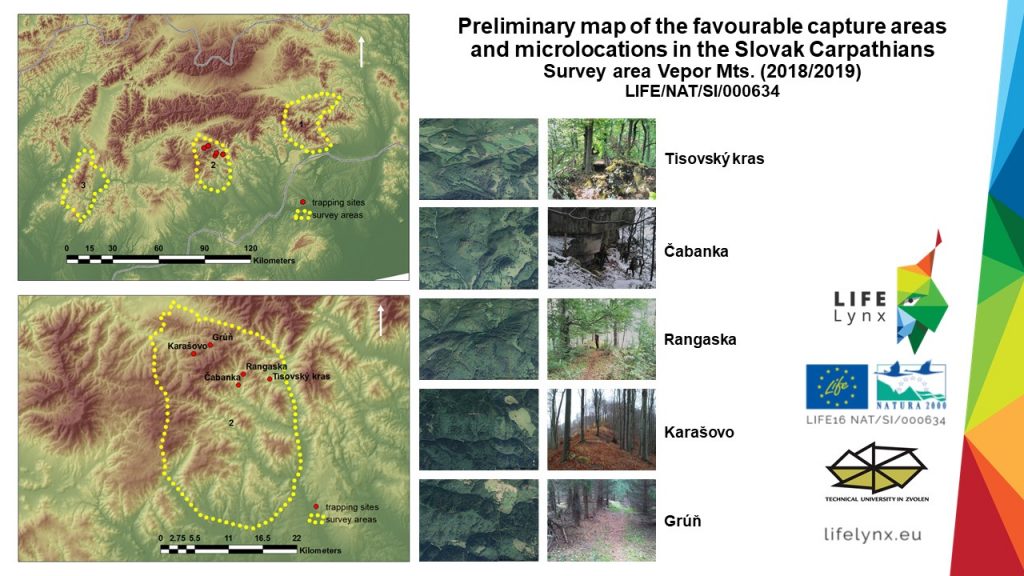
- Monitoring of the Eurasian lynx (Lynx lynx) in the Vtačnik Mountains, Slovakia (EN, pdf)
- Monitoring of Eurasian Lynx (Lynx lynx) in the Vepor Mountains (Slovakia) (EN, pdf)
- Monitoring protocol for the Eurasian lynx (Lynx lynx) population in the Slovak Carpathian Mountains (EN, pdf)
Related news
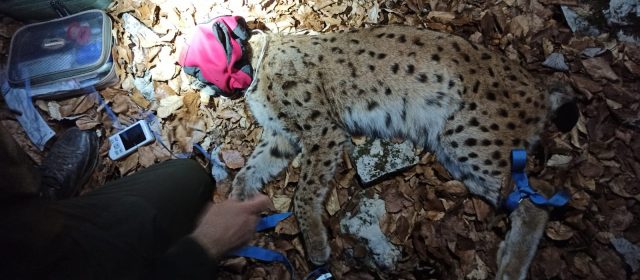
Two more lynx captured for translocation
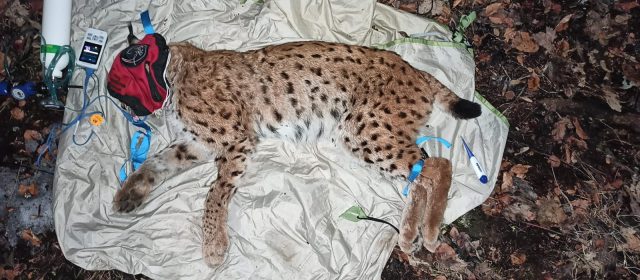
Lynx male captured in Slovakia
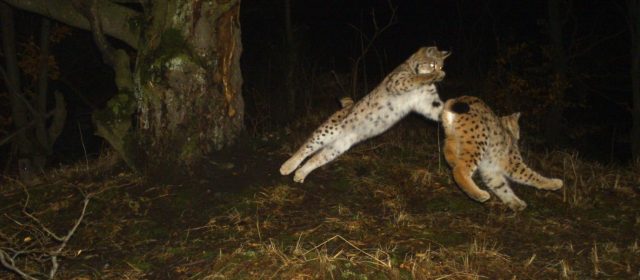
Technical report on lynx monitoring activities in Slovakia
